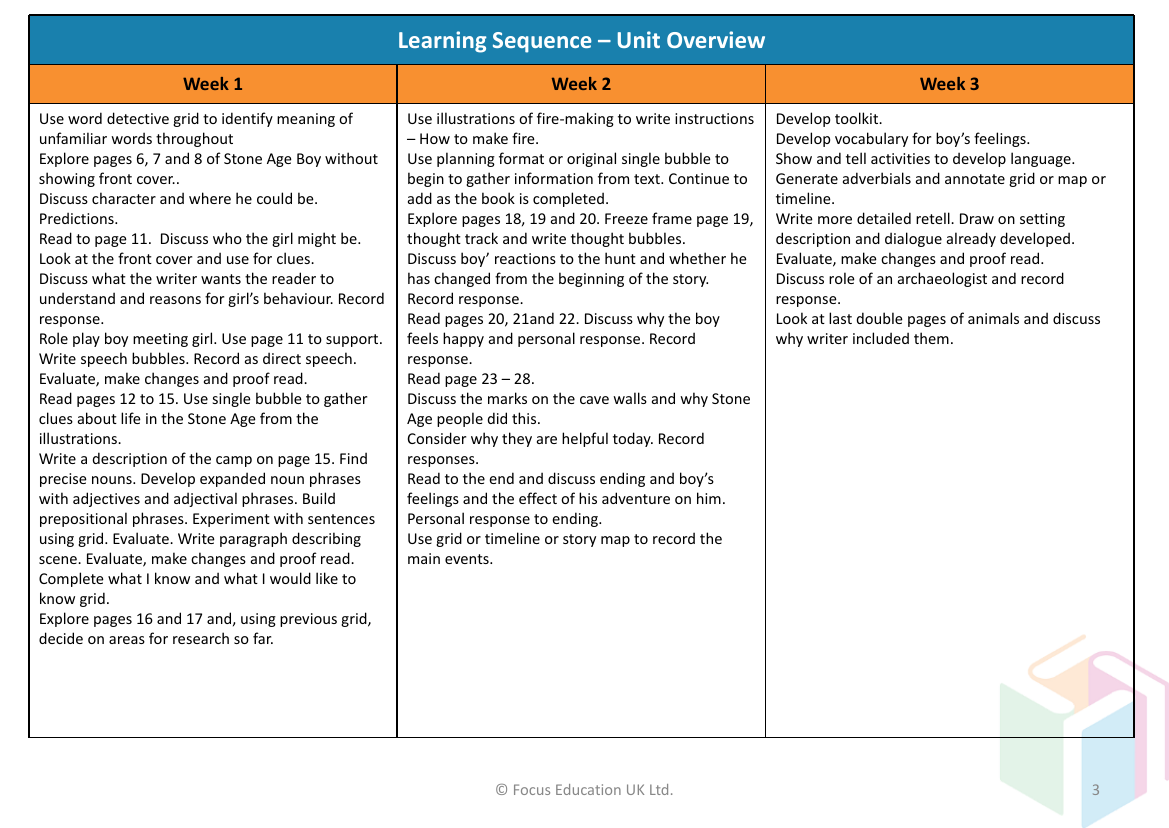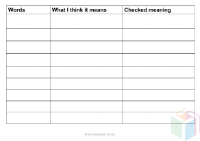Stone Age Boy and The Boy with the Bronze Axe - Learning Sequence

English Resource Description
The learning sequence for 'Stone Age Boy' and 'The Boy with the Bronze Axe' provides a comprehensive unit overview for engaging students with these texts over a six-week period. Initially, students utilise a word detective grid to decipher unfamiliar vocabulary while exploring specific pages of 'Stone Age Boy' without the context of the cover, stimulating predictions and discussions about the characters and setting. As they delve deeper into the narrative, they are encouraged to use clues from the text and illustrations to infer details about Stone Age life, role-play interactions, and craft descriptions of scenes using precise nouns and prepositional phrases. The process is iterative, with students evaluating and proofreading their work to refine their understanding and expression. They also complete grids to articulate what they know and wish to learn, setting the stage for targeted research.
Transitioning into 'The Boy with the Bronze Axe', the students continue to employ the word detective grid while beginning to read the novel, making connections with their prior knowledge. They engage in character analysis, discuss thematic elements such as the significance of the bronze axe, and annotate text to explore language use. Writing activities include drafting non-chronological reports, developing character profiles, and crafting paragraphs that encapsulate key events and personal responses, all of which are subject to evaluation and revision. The unit culminates with discussions about the story's ending and the impact of the character Tenko on the people of Skara. Throughout the six weeks, students also explore poetry by Michael Rosen, considering the effect of performance on the interpretation of literary works. This holistic approach to literacy education aims to deepen students' comprehension, analytical skills, and appreciation for literature.


